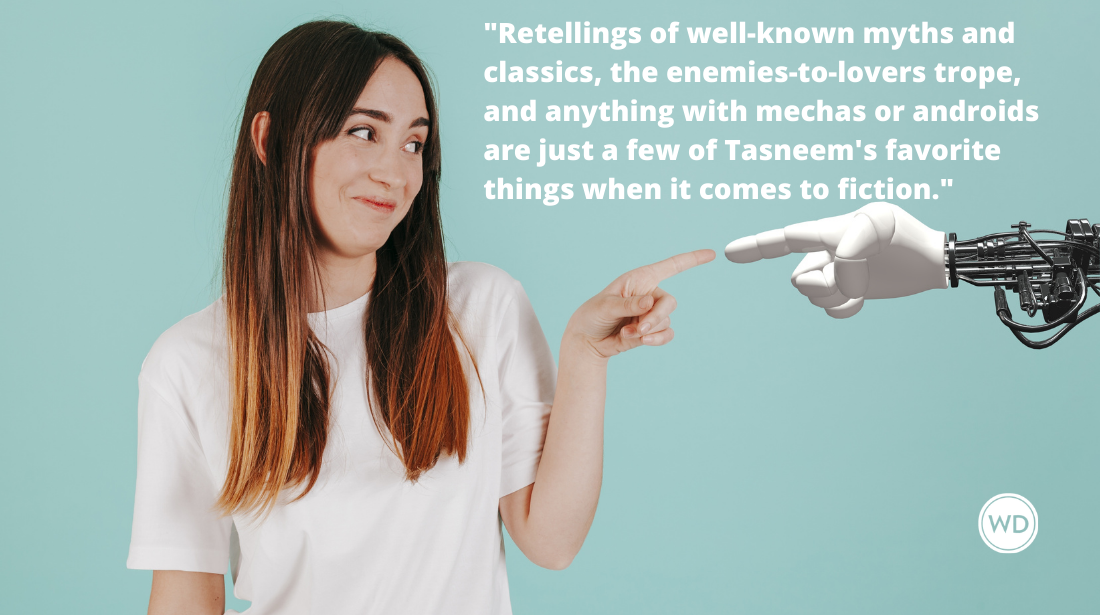How I Got My Agent: Laurie Pawlik-Kienlen
“How I Got My Agent” is a recurring feature on the GLA blog. Some tales are of long roads and many setbacks, while others are of good luck and quick signings. Laurie Pawlik-Kienlen, who writes nonfiction. Laurie is a writer and blogger who created and maintains a series of Quips and Tips blogs. She’s also the Feature Writer for Psychology Suite101.
"How I Got My Agent" is a new recurring feature on the GLA blog. I find it fascinating to see the exact road people took that landed them with a rep. Seeing the things people did right vs. what they did wrong (highs and the lows) can help other scribes who are on the same journey. Some tales are of long roads and many setbacks, while others are of good luck and quick signings.
I signed with the Irene Goodman Literary Agency several months ago (I call my agent "Special Agent Jon Sternfeld") and it only took three weeks from searching to signing. Here’s how it happened – I call it my “12 Step Program.”
1. Solidified my book idea. I created a strong hook, a well-thought-out idea, and a catchy query that grabbed my agent’s attention. I’d actually submitted my idea (See Jane Soar) to several publishers before deciding I’d rather have an agent do the legwork.
2. Prepared an airtight book proposal. To learn how to write a book proposal, I scoured Elizabeth Lyon’s Nonfiction Book Proposals Anyone Can Write from head to toe. I didn’t do everything she recommended – I learned all I could, then let my creativity and instincts take over. I read a few other books about nonfiction proposals, as well.
3. Polished my proposal until it sparkled. The first agent I talked to (not Sternfeld) said he couldn't believe how unprepared and unprofessional writers can be! That made me realize how important it is to edit every sentence of my queries, proposals, and manuscripts until I have nothing left to give.
4. Did the research. I looked at the 2009 Guide to Literary Agents, explored Predators & Editors, and Googled “literary agents in America.” Ultimately, I found Sternfeld through Predators & Editors.
5. Followed agents' submission guidelines. The agent’s websites I visited had clear submission guidelines. I took them seriously, more or less.
6. Queried far and wide. Agent Janet Reid recommends querying as many agents as possible. I e-mailed 14 of the “highly recommended” ones on Preditors & Editors. I also asked a colleague for her agent’s name, she e-mailed him, he e-mailed me, we spoke later that day, and he sent me a contract a couple days later. I didn’t sign on with him – and I’ll tell you why soon…
7. Double checked my book proposal. I let it “cook” while I was researching agents. Taking a week or even a month off from a particular piece can do wonders for one's writing and editing skills! (I never take a week or month off writing in general).
8. Chilled. While I waited for editors’ responses, I wrote magazine article ideas, played around with a new book idea, and caught up on my blogs. It took Sternfeld less than a week to contact me.
9. Talked to Special Agent Sternfeld. He e-mailed and requested a phone conversation less than a week after I sent my book proposal. We talked within half an hour of his e-mail.
10. Made sure we were on the same wavelength. I was tempted to sign on with the first agent I talked to, but he suggested a significant change to my book. It didn’t light my fire, but hey – I’m open to thinking about stuff. He sent the contract and left the ball in my court … and I decided not to play with him. Sternfeld, however, was thrilled with my book proposal! “Even if you don’t sign with me,” he said, “don’t change anything. It’s great the way it is.”
11. Read and signed the contract. I signed on with Irene Goodman without a lawyer’s rubber stamp (but I did compare it to my other contract – which was five pages long. Goodman’s was one page).
12. Celebrated! Darling hubby and I opened a bottle of champagne and toasted my hard work and the future (more hard work). And the next day, I went back at work: querying magazine editors, blogging for Quips & Tips, and trying to develop new book ideas.
Laurie Pawlik-Kienlen writes nonfiction. Laurie is a writer and blogger who created and maintains a series of Quips and Tips blogs, including: Quips and Tips for Achieving Your Goals, and Quips and Tips for Couples Coping With Infertility. She's also the Feature Writer for Psychology Suite101.







